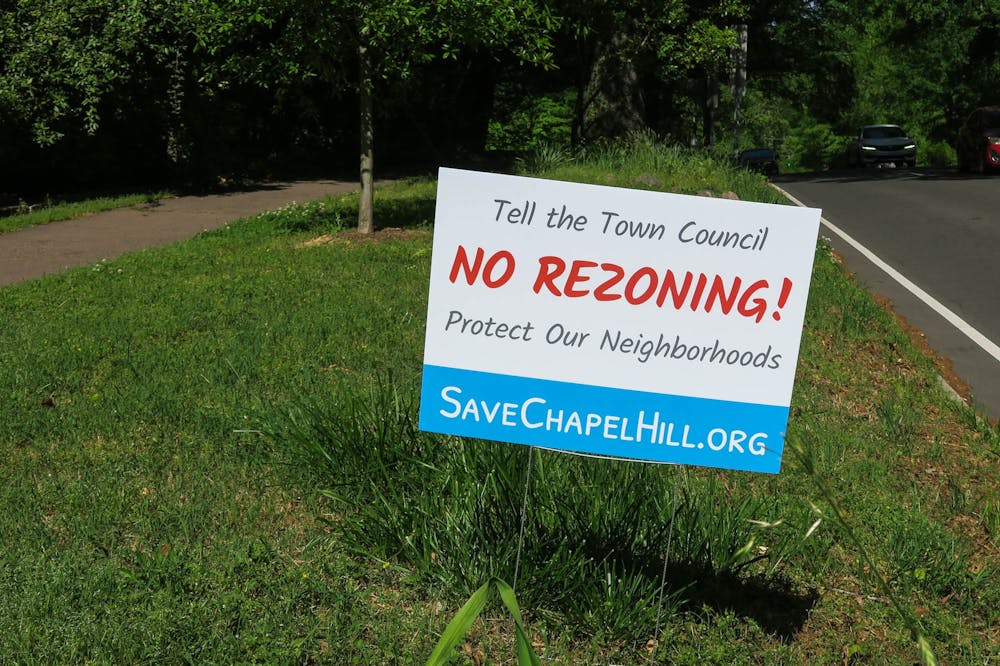Chapel Hill Town Council is considering an update to the zoning code that would allow for denser development and more middle housing. The proposal has also received substantial criticism from not-in-my-backyard (NIMBY) activist groups wanting to preserve Chapel Hill in amber.
My argument is simple: if the Council believes Chapel Hill should be an open, inclusive and affordable place to live, it must support the zoning reform proposal.
Chapel Hill, undeniably, is in the midst of a housing crisis. Housing prices have gone up eight percent in the last year alone, and the median home price in the town has gone from about $350,000 in April 2018 to over $500,000 today.
Part of the problem is space.
In 1987, Chapel Hill, Carrboro and Orange County created the “rural buffer,” essentially drawing a line around the municipalities within which urban and suburban development could occur and demarcating large areas of land running up to the Durham and Chatham County borders that would remain rural in character.
This buffer zone creates a hard limit on the outward growth of the town. Unlike Raleigh or Charlotte, which keep growing through concentric outward suburban development, Chapel Hill has, to some extent, already maxed out its sprawl.
This is reflected by population trends. While the rest of the Triangle's population rises at some of the fastest rates in the country, Chapel Hills' population has only grown by 8.3 percent in the last decade. This slow growth and rising housing prices also put pressure on surrounding communities, either forcing them to build faster than they’d otherwise need to or to face similarly high increases in the cost of living.
The slow population growth doesn’t mean that there isn't a need for new housing, though. The original rough draft of the zoning reform plan explicitly states that Chapel Hill will need to add 440 new housing units a year between 2020 and 2040 to keep up with population growth.
Not meeting this need has ripple effects. The University is the star the entire town revolves around, economically and culturally. High rents hurt lower-income students and the general economy of the town by reducing disposable incomes and, thus, the amount of money they can spend at local businesses like The Purple Bowl or Time-Out.




